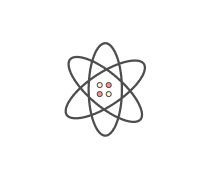Quantum Theory And The Atom
- AP Physics
- AP Chemistry
- IB Physics
- IB Chemistry
2.
You may optionally provide this to label your report, leaderboard, or certificate.
Submit
Submit
Submit
Submit
×
Thank you for your feedback!
















